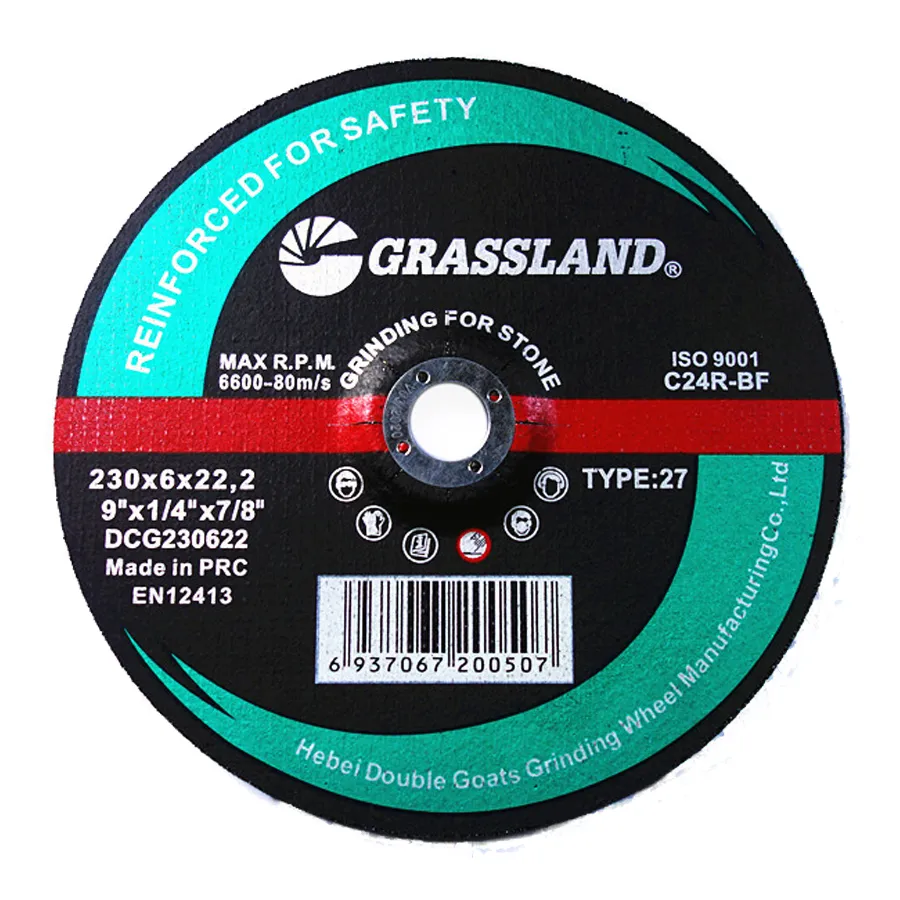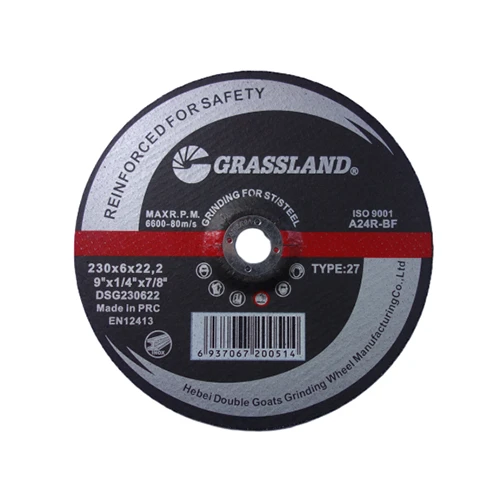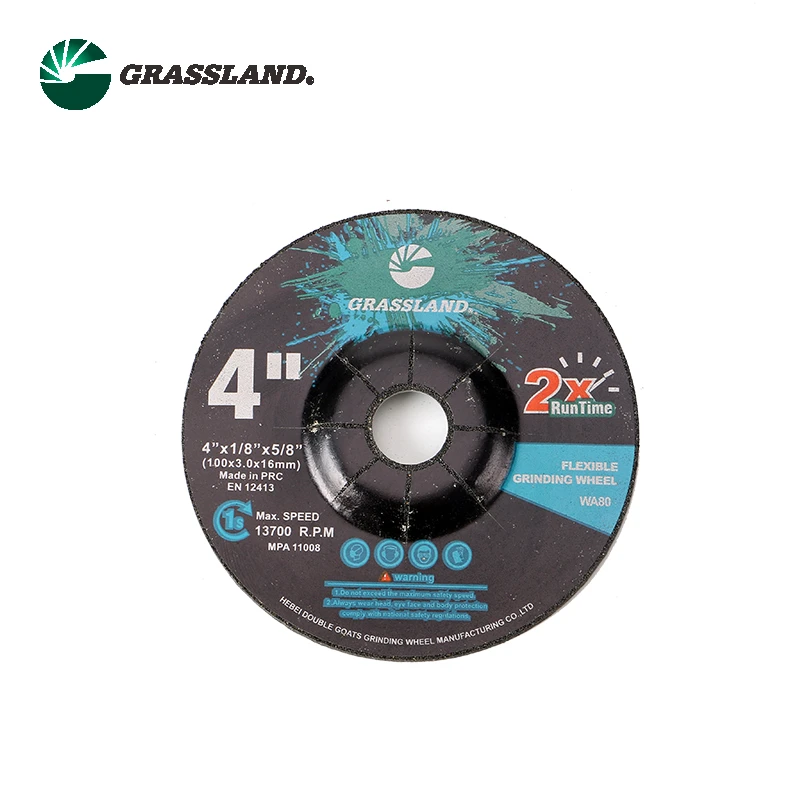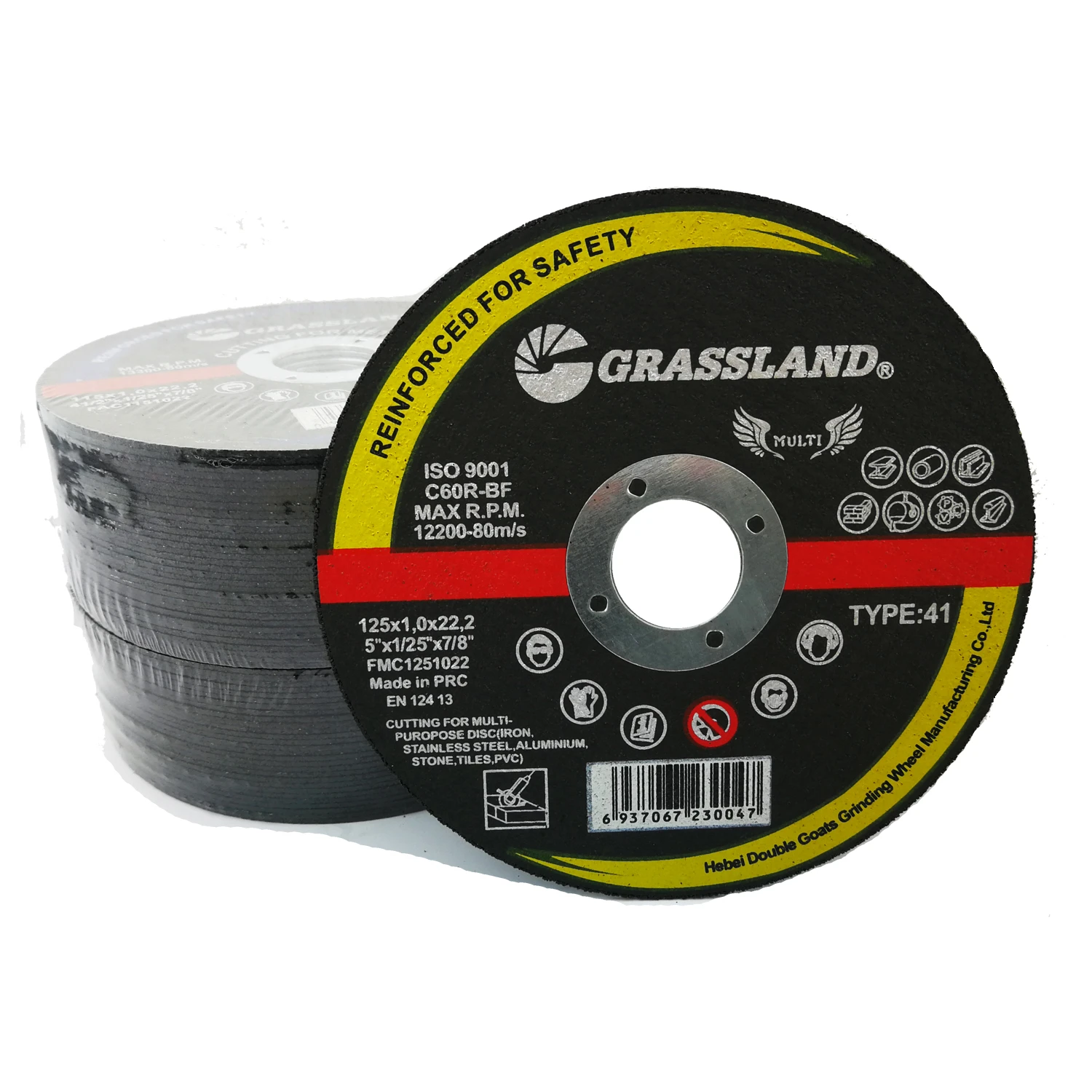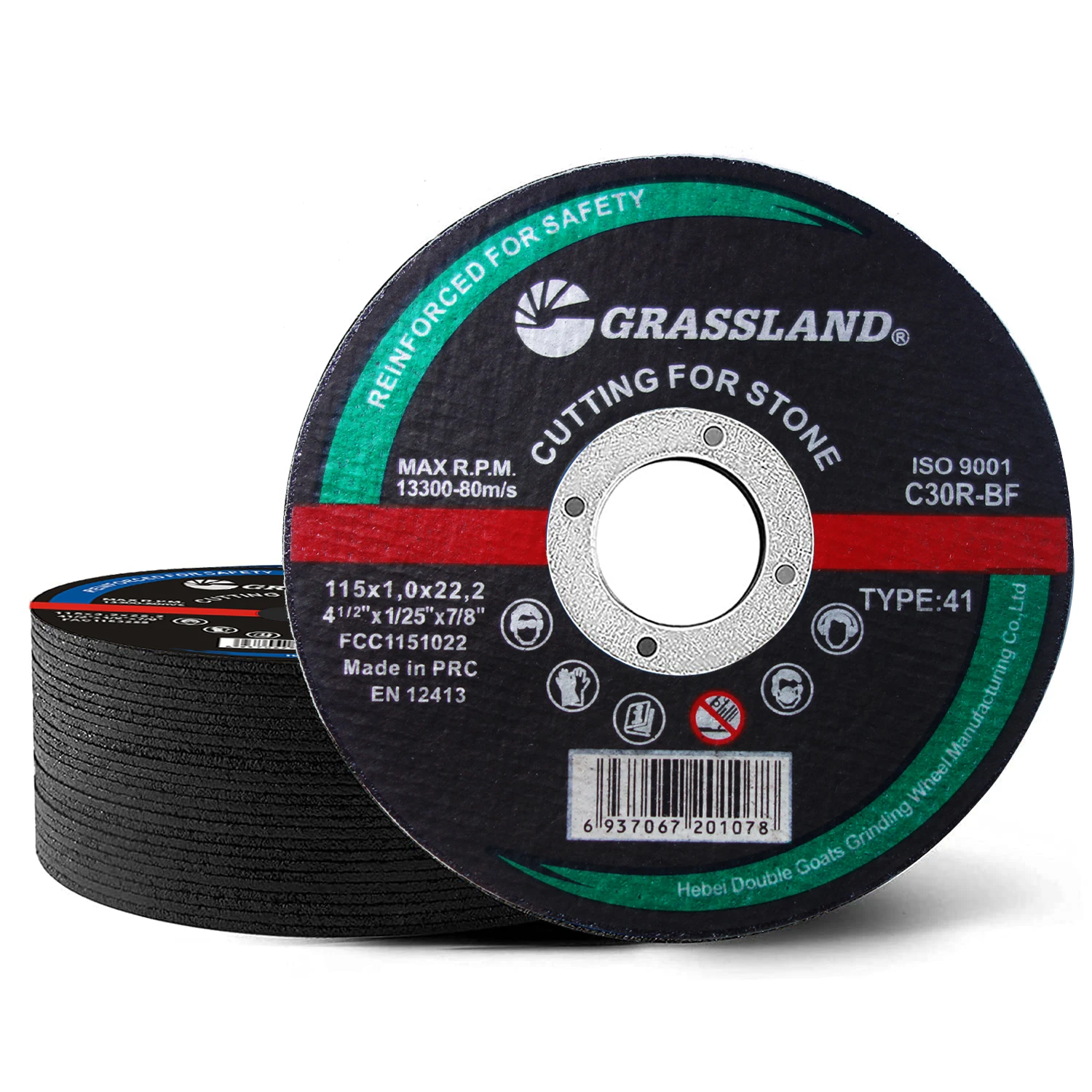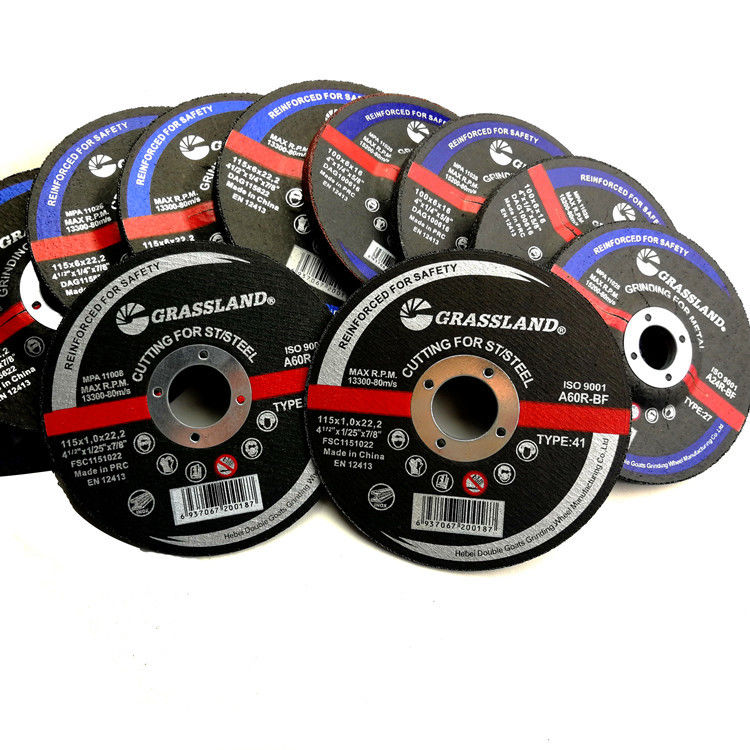Understanding Cutting Wheel Thickness for Metalworking
Cutting wheels are essential tools in metalworking, widely used in various industries for their efficiency and precision. They come in different materials and thicknesses, each serving specific applications. This article delves into the significance of cutting wheel thickness, particularly for metal processing, and how to choose the right one for your needs.
The Importance of Cutting Wheel Thickness
The thickness of a cutting wheel influences its performance, durability, and the quality of the cut. Generally, cutting wheels range from 1/16 inch (1.6 mm) to 1/4 inch (6.35 mm) in thickness. Each thickness level offers unique benefits and drawbacks, making it crucial for users to choose wisely based on their specific applications.
1. Thin Cutting Wheels (1/16 inch to 1/8 inch) Thin cutting wheels are typically favored for their ability to produce clean, precise cuts with minimal material loss. These wheels are ideal for cutting thin sheets of metal or producing intricate shapes. They generate less heat, reducing the risk of warping the material due to thermal expansion. However, their fragility means they are more prone to breakage, especially when used incorrectly or on harder materials.
2. Medium Thickness Cutting Wheels (1/8 inch to 3/16 inch) Medium thickness wheels provide a good balance between strength and precision. They can handle a broader range of materials, including thicker metals while still delivering clean cuts. These wheels are versatile enough for various applications, making them a general favorite among metalworkers. The added thickness contributes to higher durability and allows for longer use, though they may not achieve the same fine precision as their thinner counterparts.
3. Thick Cutting Wheels (3/16 inch to 1/4 inch) Thick cutting wheels are designed for heavy-duty applications. They are essential when working with thick steel or other robust metals where increased strength is necessary. While these wheels are durable and capable of labor-intensive cutting tasks, they are less suited for intricate work due to their larger kerf, meaning they remove more material during cutting. The trade-off for their strength is generally a rougher cut, which may require additional finishing work.
Factors to Consider When Choosing Cutting Wheel Thickness
espesores de discos de corte para metal
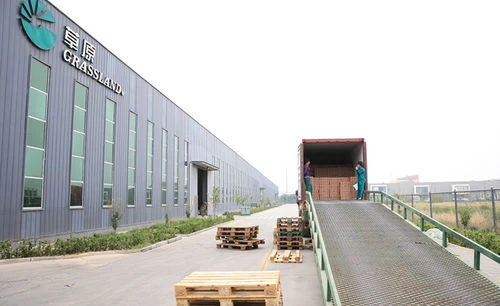
Several factors come into play when deciding on the appropriate cutting wheel thickness for metalworking
1. Material Type The type of metal you are working with plays a significant role in selecting the right cutting wheel. Softer metals may not require as thick a wheel, while harder alloys will demand stronger, more robust options.
2. Thickness of Material For thinner materials, opt for thinner wheels; for thicker metals, a robust cutting wheel would be more appropriate to ensure effective cutting without breakage.
3. Precision Needs If your project requires precise cuts and minimal material loss, thinner wheels are preferred. However, for general cutting tasks where precision is less critical, a medium or thick wheel may suffice.
4. Cutting Speed Thinner wheels require higher RPMs and are designed for faster, quick cuts. If speed is essential to your project, consider this aspect in your selection.
5. Equipment Compatibility Ensure that the thickness of the cutting wheel matches the capabilities of your cutting equipment. Some machines may only accept certain thicknesses, so always check manufacturer specifications.
Conclusion
Choosing the right cutting wheel thickness is vital in achieving optimal performance in metalworking tasks. By understanding the advantages and limitations of different thicknesses, metalworkers can select the most suitable option for their specific needs. Whether opting for thin wheels for precision work, medium wheels for versatility, or thick wheels for heavy-duty applications, the right choice can enhance efficiency, reduce material waste, and improve the overall quality of the finished product. Always consider factors such as material type, thickness, and precision requirements to make an informed decision. With the appropriate cutting wheel, you can ensure a successful metalworking process every time.
Post time:Dec - 25 - 2024







